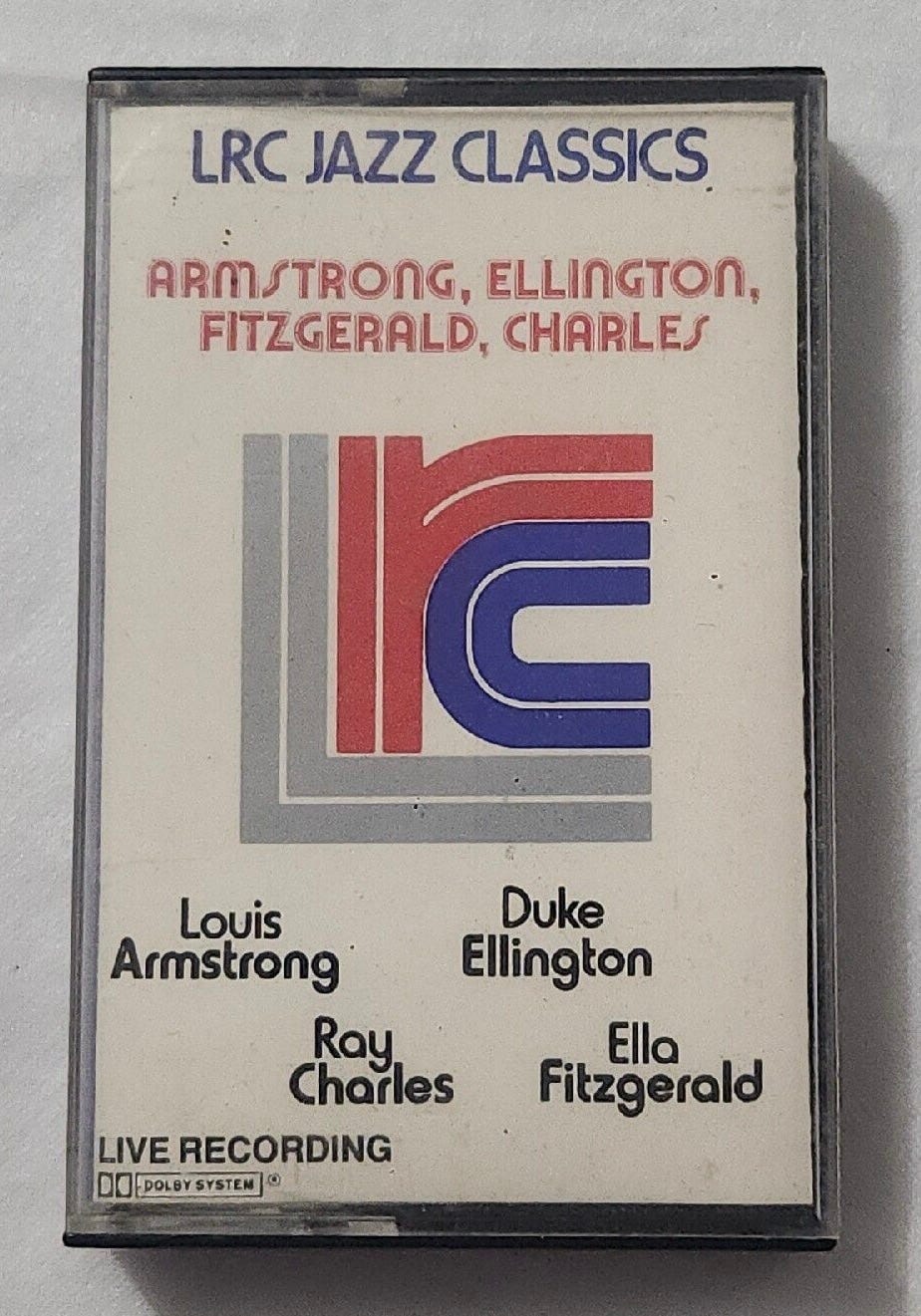Hello from Winchester, England, where Valediction: An Ellington Suite premieres at The Grange Festival this weekend.
Valediction is covered in detail in my article “Orchestrating Ellington” at NewMusicBox.
From Stride to Strings!
Act One is a hot sextet with guests. Act Two is orchestral.
The concluding “C Jam Blues” integrates the jazz sextet into the symphony for a rousing finale.
I wrote in “Orchestrating Ellington”:
The first question is, “Does an orchestra swing?” The answer is, “probably not.”
There have been many occasions when a symphony orchestra is supported by a jazz rhythm section. Most of the symphonic records released under Duke Ellington’s name utilize that hybrid.
There’s nothing wrong with that, but it is also a conservative solution. I took a potentially dangerous plunge and wrote out a walking bass line for pizzicato basses and celli, tutti, for all the many choruses of this “C Jam Blues” arrangement.
Bass part:
Cello part:
As far as I know, this will be the first time such an orchestration has been attempted. The dedication is to the great lineage of undersung but essential Duke Ellington bassists:
in memory of Wellman Braud, Jimmie Blanton, Billy Taylor, Junior Raglin, Wendell Marshall, Jimmy Woode, Ernie Shepard, Aaron Bell, John Lamb, a.o.
The drummer in the sextet, Jerome Jennings, is a great jazz musician who knows who Sonny Greer and Sam Woodyard are. I’m asking Jerome to just bring his hi-hat into the orchestra. He’ll start the piece with four bars of swing hi-hat, and after that Jerome will have to manage the feel of 30 or so pizzicati low orchestral strings as best he can. The arrangement runs 8 minutes, with string, wind, and brass intros, backgrounds and ending. Towards the end, the whole string section will strum pizzicato chords underneath the concluding shout choruses. (The greatest master of four-to-the-bar comping, Freddie Green, will either nod his head in peaceful repose — or despairingly turn over in his grave.)
Jerome could use his whole kit, of course, but it will be more novel and avant-garde to simply feature the hi-hat.
This arrangement — a true pièce d'occasion — will only be played here, at the Grange, on a Friday and Saturday night in Hampshire. What’s the worst that could happen? At any rate, Dominck Farinacci, Patrick Bartley, Christian Tamburr, and Mathis Picard will have a unique background to blow against!
Apparently Mercer Ellington actually gets credit for the slender melody of “C Jam Blues.” Charming video of 1940’s-era genius in action exists, although the band is miming to a recording.
Duke always found something unusual in the blues, and in the case of “C Jam Blues,” he makes a truly striking structural choice. There are four bar breaks at the start of the solos, which is normal, but then the form starts at the top of the rhythm section return, meaning that the first chorus of any given solo is 16 instead of 12.
Memory Lane:
“C Jam Blues” and “The Mooche” were on my first Ellington recording, part of an LRC Jazz Classics cassette tape anthologizing Ellington, Louis Armstrong, Ella Fitzgerald, and Ray Charles. The whole LRC collection specialized in bootleg tracks of dubious provenance and uneven quality, but this was a great cassette! I listened to both sides over and over, with the Ellington tracks quickly becoming my favorites.
Digitally this same six-minute “C Jam Blues” can be heard on the LRC album Take the “A” Train. I’m not sure of the year or some of the personnel: I’ve seen 1956 with Jimmy Woode and Sam Woodyard listed, but those busy drum fills don’t sound like Woodyard to me, it seems more like a 60’s performance, maybe with Rufus Jones on drums. At any rate I still love this recording. It may “just” be a blues in C, but it is still Ellington music to its very core. Certainly it was a superb introduction to the Ducal soundscape when I was 12 years old.
There were two or three other LRC cassette tapes in my first collection, including several 70’s Count Basie big band tracks with flashy Butch Miles on drums and — best of all — a few pieces where that same Basie band accompanied the great Joe Williams. I can sing along with this rendition of “Goin’ to Chicago.” (Speaking of Freddie Green, this strum is immaculate and well-recorded.)
A 1967 jam session at the Village Vanguard with Chick Corea, Richard Davis, Elvin Jones, Joe Farrell, Marvin Stamm, and Garnett Brown has long takes of "Stella By Starlight” and a blues in F called “13 Avenue B.” When I go back to that LRC-issued session now, I’m struck anew by how confident the very young Corea sounds dealing with Davis and Jones, and perfect Farrell was for this post-Coltrane moment. The tenor solo on “Stella” still knocks me out.
In 1985, when that LRC cassette was issued and found its way to my home in Wisconsin, music recorded in 1967 was only 18 years old. In 2023, we are now 38 years from 1985. Tempus Fugit.







I hope to hear a recording of these arrangements some day. I'm intrigued by the personnel in the sextet and, on another note, lost in a reverie at thoughts of jam sessions at the Vanguard. Who'd show up at such a thing today? Who could be coaxed to?
Congratulations on the concert and what sounds like an amazing program––hope all your hard work shines in concert, Ethan. Thanks for the first video! It is so much fun watching Duke comping with his right hand! Enjoy!!